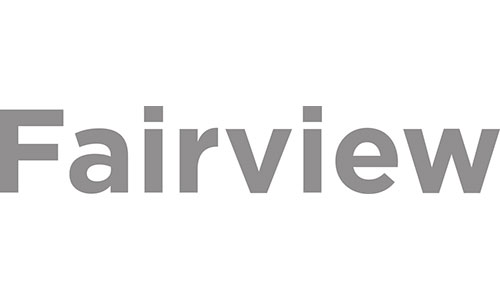It seems like a simple question that should have a simple answer—but, there’s a bit more to this one than you might think. So, we’re setting the record straight.
What is a rebrand?
A brand is the perception the public has of your company. So, when people are saying the word “rebrand” they are actually talking about changing their identity system and their branding efforts with the hope that it changes the public’s perception of their company. In reality, it should really be called a “re-identity.” But even we have to agree that “rebrand” has a better ring to it.
Rebrand
It’s a massive change in the customer experience. A complete or partial overhaul that includes changing a company’s logo, color pallet, messaging, fonts (maybe even their name), and any other identity elements with the hope of changing the public’s perception of their company.
An example of a rebrand
In 2014, CVS Pharmacy became the first pharmacy to stop selling cigarettes—even though selling cigarettes also brought in about $2 billion in their annual sales. Their reasoning behind a rebrand? CVS knew that selling tobacco conflicted with their mission to help people live healthier lives.
Making the decision to stop selling cigarettes was only the first step for the CVS rebrand. Remember, a rebrand includes making changes to your identity system and branding process. Not to mention, it’s also an expensive process which included CVS:
- Changing their name from CVS Pharmacy to CVS Health (imagine having to make a name change across EVERYTHING from your packaging and business cards, to your storefronts and labeling)
- Creating a fresh and authentic voice centered around being a leader in helpful healthcare
- Establishing a series of campaigns, each including their own time and attention
- Updating their outdated color pallet and fonts to fit with the new mission
- Creating a library of visual icons to use across their newly established social media platforms
CVS is a great example of a company who rebranded right. However, their rebrand was anything but a quick fix. While your company may not have the reach or funds of CVS, it’s important to keep in mind that the process can still be expensive and time consuming. Make sure you’re asking yourself the right questions before you rebrand:
- Why do you think your company need a rebrand in the first place?
- Do you have the funds for a rebrand?
- What are you hoping a rebrand will resolve?
- How will a rebrand affect your customer’s perception of you?
- Will you risk losing your loyal customer base with a rebrand?
If you’re still in a panic, relax. When it comes down to it, there are actually very few reasons why a complete rebrand is necessary. However, if you’re thinking you might fall into the rebrand category, check out our post, The 4 Reasons to Rebrand.
What is a refresh?
So, maybe you’ve decided that a complete rebrand isn’t necessary for your company. However, you still feel like your company needs to do something to spice up your identity. Maybe your logo is outdated, or your color pallet looks like it’s from the 1970’s, or maybe you feel like your target messaging is just all wrong. That’s where a refresh comes in.
Refresh
Tweaking, fine-tuning, or freshening up your logo or other identity elements to make your company more modern, professional, unique, or just less boring. Or, refocusing your identity elements and clarifying your current positioning in the market to achieve consistency.
We’re not going to lie, a refresh takes work, but fortunately, it’s not as large-scale as a rebrand.
An example of a refresh
Take a look at UPS. Throughout the years their logo has been slightly tweaked or undergoes what is sometimes called a redesign. Yet overall, their company’s identity continues to keep key visual elements that make it the same old UPS customers know and love. For instance, keeping the distinct shape of the logo’s shield or refining their brown and gold color pallet to capitalize on their “What can brown do for you?” campaign. UPS didn’t have to do a complete overhaul that meant changing the perception customers had of their company; but refreshing their key identity elements every few years just makes sense to help them stay relevant.

Like UPS, we see large companies like Pepsi, Google, Microsoft, or Apple refreshing every so often, typically focusing on their logos or color pallet. Sometimes a refresh works and sometimes it doesn’t. Sometimes a refresh is widely noticed and sometimes it’s not. The impact of a refresh varies, but the main point is a company isn’t seeking to change the public’s entire perception about them—instead, they focus on updating and influencing the brand their customers already know and love.
Conclusion
At the end of the day, a rebrand and refresh have different outcomes in mind. If your company needs to change public perception, maybe it’s time for a rebrand. However, if your company just needs to update a few key identity elements to stay relevant, a refresh might be the way to go.
{{cta(‘6b4053bc-7e6e-4a96-b61d-a274150d8027′,’justifycenter’)}}
Related Podcast Episodes



